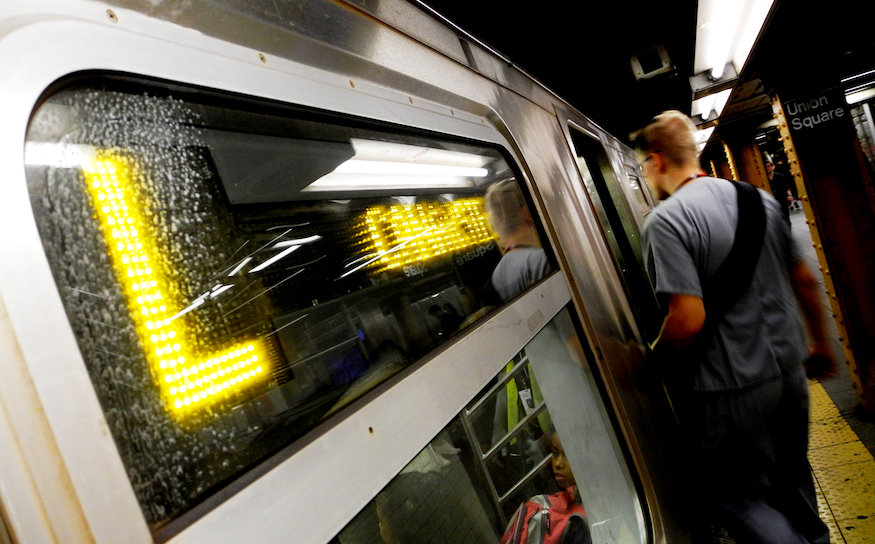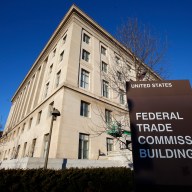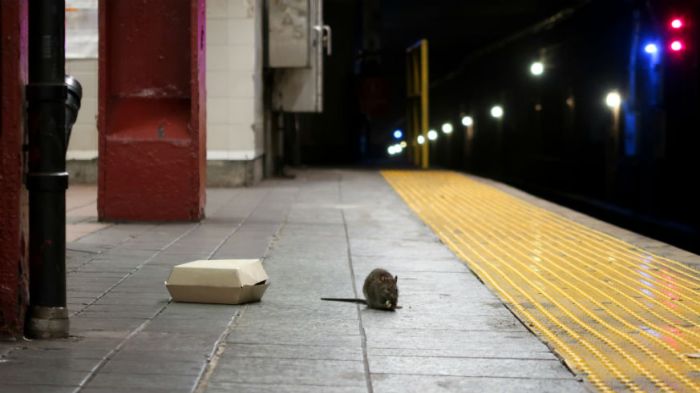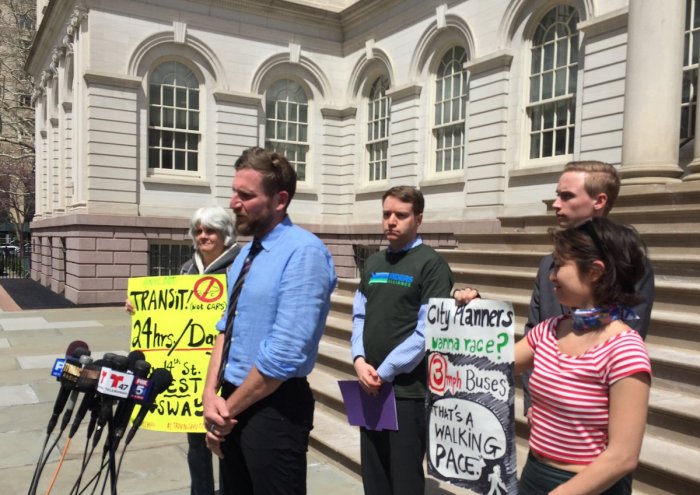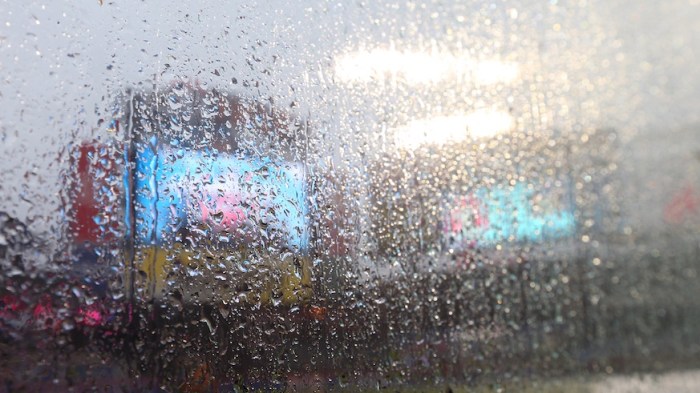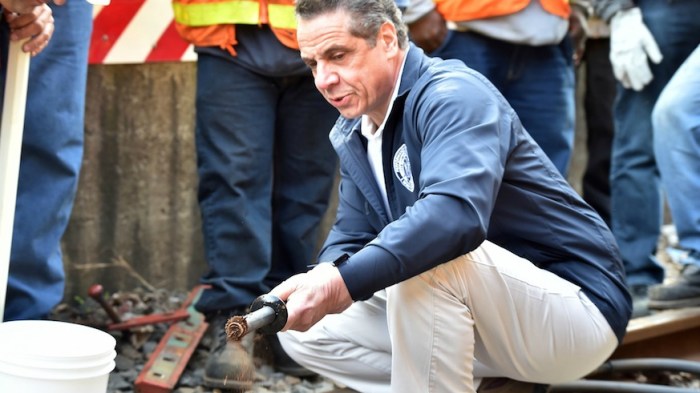An an MTA emergency board meeting on Tuesday, members of WSP, the main engineering consulting firm behind the original L train shutdown plan, pushed for the adoption of the new L train tunnel restoration plan, which they say would save 275,000 daily riders from having their lives disrupted.
Some MTA board members weren’t so sure, though, raising concerns about health and safety issues with the new L train plan and expressing frustration at how an alternate option was expressed so last minute.
Gov. Andrew Cuomo announced on Jan. 3 as an alternative to completely shuttering L train service for 15 months a plan that could keep the tunnel open but extend the Superstorm Sandy restoration for up to 20 months with work consolidated to nights and weekends.
MTA board member Carl Weisbrod wondered why the MTA is trusting the same consultants on this new plan, when they previously said the complete L train shutdown was the best option years ago.
“I know I have a trust problem now,” board member Neal Zuckerman added later in the meeting. “I don’t know what to believe.”
“I too am concerned that we’re just finding out about some of these innovations,” said MTA acting chair Fernando Ferrer. “We should have been hearing this from who we pay, whether they are engineering consultants, engineers or whatever, but I’m beyond that now and I hope you’re beyond that.”
The MTA emergency meeting was meant to share information between the consultants and the board, Ferrer said. The MTA board did not yet vote on Gov. Andrew Cuomo’s plan. Ferrer said the board would weigh in once a full plan comes before them.
Many left with questions about how the new L train restoration plan would mitigate silica dust exposure — a hazardous material that can cause damage to the lungs and would become airborne during construction work into the Canarsie tunnel bench wall.
The new L train restoration plan would mean less concrete removed than the L train shutdown, consultants said, as the cables will no longer be embedded in the concrete wall. But it would also involve the tunnel being open to trains after this work and thus the possible exposure of silica dust to travelers, some board members said.
Consultants and board members pushed for an independent third party evaluation both of the entire new L train restoration plan and of the silica mitigation plan, to ensure the tunnels will be opened only when they are safe to the public. Ferrer promised at the end of the meeting to solicit recommendations for an independent third party review of the new plan.
Has MTA considered the new L train restoration plan before?
When he announced the new L train restoration plan, Cuomo said this was an innovative approach that has not ever been previously applied in the context of an underground tunnel rehabilitation project.
A Tuesday New York Times article contested this claim, saying that the MTA rejected an approach similar to Cuomo’s nearly five years ago over safety concerns.
But at the MTA board meeting, many took issue with this article, stating that the approach it details and the new L train restoration plan are not the same.
“What was in the Times this morning was referencing a review that was looking at ‘What if we put all the cables on the wall.’ All the cables then would be directly affixed with bolts to the wall,” said Jerry Janetti, senior vice president of WSP, which worked with Cuomo on the new plan.
“The current approach is that…many of the cables will be on these racks, and the racks will have far fewer bolts in the wall than if we directly bolted in the cables themselves,” he said. “Future cables do not require future penetration into the walls, they can be made to the racks, so really this is a way of managing the number of embedments or bolts into the [tunnel] wall.”

An image after crews removed water from the Canarsie Tunnel following Hurricane Sandy. Photo: MTA New York City Transit / Marc A. Hermann
The new L train restoration plan would mean 60 percent fewer bolts drilled into the tunnel wall thanks to this racking system, consultants said. A fiber optic sensor system would be added inside the tunnel to allow for constant remote monitoring and to prove early warning if the bench wall begins to move.
The plan would also leave alone areas of the bench wall that are in good enough shape — about 60 percent of the entire 100-year-old bench wall — and reinforcing the rest of the bench wall with fiber reinforced polymer or steel, or by demolishing those portions.
Engineering consultants said this plan is “not a band aid solution” and that these fixes could last up to 50 years as long as they are maintained. The next MTA board meeting is scheduled for Jan. 24.

